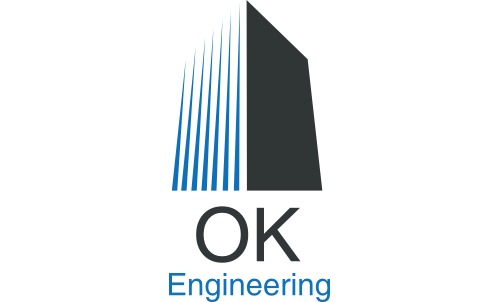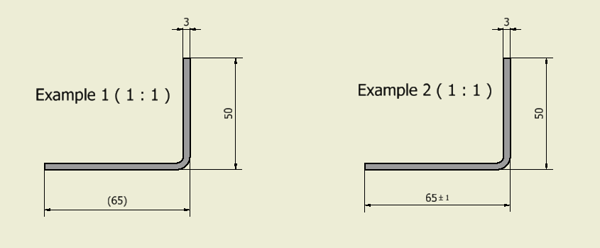The most time consuming redrawing is happening when we are dealing with sheet metal. Even if the 3D model is shared it is generally made so badly that there is impossible to get right flat pattern in reasonable time. That is why most producers redraw all the sheet metal parts.
As we know the size of flat pattern depends on material, material thickness, bending machine V tie and blade. How to give info to producer so that they do not need to redraw everything when it is precisely unknown what V tie and blade he is currently using ?
To fold the flat pattern into correct size CAD software usually use 2 parameters to play with: bending radius and K factor. I recommend to make statement that material thickness equals bending radius – R = T and changes only K factor. Why to do that when in real life bending radius clearly depends on different tools ? Because then the model and drawings wont change after adjustment. Also if the model is exported in .STEP format it is much easier to adjust flat pattern size.
The most easiest way is to avoid whole K factor thing is when designing a product leave so called „free bends“ and show them on drawing with reference measurement. Then the bender knows that exact length of that bend is not important and he does not have to worry about exact size of flat pattern
Second option is to design product in wider tolerance range and show it on drawings. It is often seen that many engineers just have very precise tolerance written in the corner of every drawing and from laziness do not think where it is really needed and where not. As we know the K factor effects the size of the product more when material is thicker and there is more bends. Slim material and only 1 bend fit easily in very small tolerance. It is also smart to use lower 0,3-0,4 K factor instead of default 0,5 as in real life it is in that range with most materials and tools. If the tolerance is tight on few parts the maker can also adjust the flat pattern by himself, that is still much faster than redrawing the whole part.
The last option is to agree with the maker to use their K factor table. But that option works only on standard bends, so rules described still apply to non-standard solutions.
The benefits of knowing all this was described already in last article, but with sheet metal and bending future lies in automatic orders and price offers. There are many platforms that already offer this.
Next up is very beautiful material that can also bend and acts in CAD software as sheet metal - CORIAN



65 replies